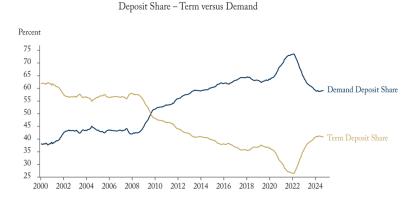Generally taxes increase as families earn more income, but as this week’s Graphic Intelligence shows us, once we take into account the clawback of government benefits, the situation is reversed: Low- and modest-income families get to take home less of their extra earnings than do higher-income families. Use the slider below to explore the “all inclusive” tax rate paid on new income. You can also toggle between provinces — the difference can be quite stark.
Oops! If you can see this message, it may be because the chart is not displaying correctly. Try upgrading your browser or enabling Javascript.
C.D. Howe Institute | Source: Laurin (2016)
Because fiscal benefit programs pile up at the lower end of the income scale, the ‘all-inclusive’ tax rates for low- and middle-income families are generally higher than those of higher-income families. Hence, low-income families lose the most in fiscal benefits and pay more taxes as they take on work. This is particularly true for the secondary earner or stay-at-home parent in a family, usually the mother, for whom getting a job or working extra hours might not pay off. As shown above, in some situations and provinces, after deducting taxes and lost benefits, a secondary earner might lose more than 70 cents per extra dollar of earnings.
To read more on how these benefit clawbacks affect families at different income levels, and what can be done about it, see "The High Cost of Getting Ahead: How Effective Tax Rates Affect Work Decisions by Lower-Income Families," by the Institute’s Alexandre Laurin.




